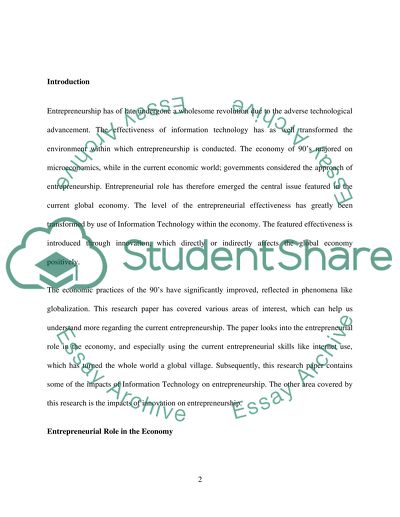Cite this document
(“Current Entrepreneurship Research Paper Example | Topics and Well Written Essays - 2500 words”, n.d.)
Retrieved de https://studentshare.org/macro-microeconomics/1392339-current-entrepreneurship
Retrieved de https://studentshare.org/macro-microeconomics/1392339-current-entrepreneurship
(Current Entrepreneurship Research Paper Example | Topics and Well Written Essays - 2500 Words)
https://studentshare.org/macro-microeconomics/1392339-current-entrepreneurship.
https://studentshare.org/macro-microeconomics/1392339-current-entrepreneurship.
“Current Entrepreneurship Research Paper Example | Topics and Well Written Essays - 2500 Words”, n.d. https://studentshare.org/macro-microeconomics/1392339-current-entrepreneurship.


